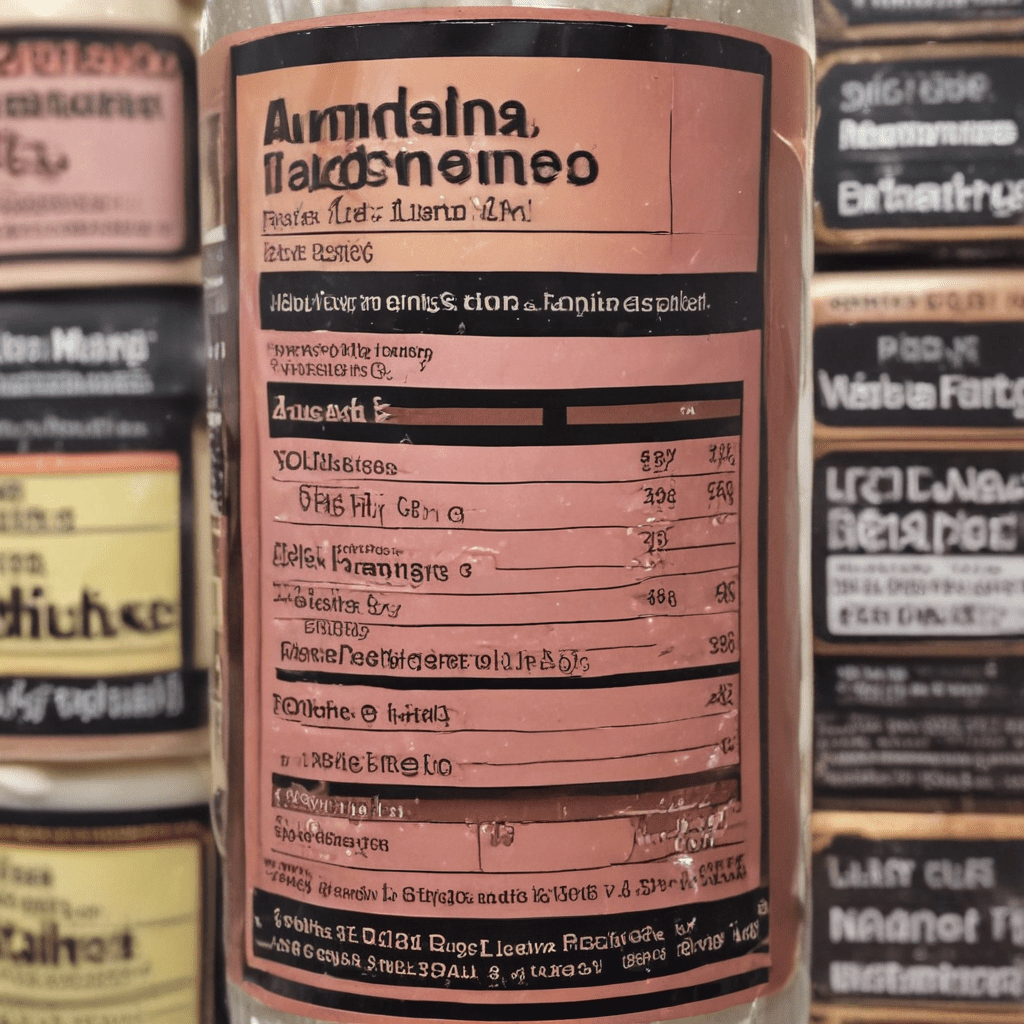
10 Ways to Optimize Cardiovascular Exercise for Faster Fat Loss
Excess body fat can be a major health concern, increasing the risk of various chronic diseases. Fortunately, cardiovascular exercises, commonly known as cardio, can be a powerful tool for shedding extra pounds and improving overall health. By engaging in cardio exercises that are tailored to maximize fat loss, individuals can achieve their fitness goals more effectively. This article explores ten proven strategies to optimize cardiovascular exercise for faster fat loss.
1. Choose High-Intensity Interval Training (HIIT)
High-intensity interval training (HIIT) is a type of cardiovascular exercise that involves alternating between short bursts of intense exercise and brief periods of rest or low-intensity exercise. HIIT workouts typically last for 10-30 minutes and can burn a significant number of calories in a short amount of time. Studies have shown that HIIT is more effective for fat loss than traditional steady-state cardio exercises, such as jogging or cycling at a moderate pace. This is because HIIT creates an excess post-exercise oxygen consumption (EPOC) effect, which means that the body continues to burn calories at an elevated rate even after the workout has ended.
2. Include Hill Sprints
Hill sprints are another highly effective way to optimize cardiovascular exercise for fat loss. Sprints are short, intense bursts of running that require a lot of energy and help build muscle. Hill sprints add an additional challenge to running by increasing the resistance and forcing the body to work harder. Incorporating hill sprints into a cardio routine can help boost calorie expenditure and increase muscle mass, which can further contribute to fat loss.
3. Step Up the Duration
While the duration of cardiovascular exercise can vary depending on an individual's fitness level and goals, increasing the duration of workouts can lead to greater fat loss. Aim for at least 30 minutes of moderate-intensity cardio or 15 minutes of vigorous-intensity cardio most days of the week. As fitness improves, gradually increase the duration of workouts to continue challenging the body and promoting fat loss.
4. Increase the Frequency
The frequency of cardiovascular exercise is another important factor to consider for fat loss. Aim to engage in cardio exercises at least three to five times per week. Increasing the frequency of workouts can help create a calorie deficit, which is necessary for weight loss, and boost metabolism over time. A consistent cardio routine can also help improve cardiovascular health and overall fitness.
5. Vary the Intensity
Varying the intensity of cardiovascular exercise can help keep workouts challenging and prevent plateaus. Alternate between periods of high-intensity exercise and low-intensity exercise or rest. Including interval training, such as HIIT, or incorporating hills or other forms of resistance into workouts can help increase the intensity and effectiveness of cardio sessions.
6. Add Resistance to Your Runs
Incorporating resistance into running can enhance its calorie-burning potential. Consider adding weights to your ankles or using a weighted vest. Resistance forces the body to work harder, increasing energy expenditure and promoting muscle growth. The added muscle mass can help the body burn more calories, even at rest.
7. Try Rowing or Swimming
Rowing and swimming are excellent cardiovascular exercises that provide a full-body workout. Rowing engages multiple muscle groups, including the legs, arms, back, and core. This comprehensive activation helps elevate calorie expenditure and improve muscle mass. Swimming is another effective cardio option that offers low-impact, full-body exercise. The buoyancy of water reduces stress on joints, making it suitable for individuals with injuries or joint pain.
8. Time Your Workouts Strategically
The timing of cardiovascular workouts can impact fat loss. Exercising in a fasted state, before breakfast, may promote increased fat oxidation. During fasting, the body relies primarily on fat stores for energy. Combining fasted cardio with a calorie-controlled diet can further optimize fat loss.
9. Hydrate Properly
Adequate hydration is crucial for overall health and exercise performance. Drinking plenty of water before, during, and after cardiovascular exercise helps maintain hydration levels, supports blood flow, and prevents fatigue. Dehydration can negatively impact exercise intensity and calorie expenditure, hindering fat loss efforts.
10. Listen to Your Body
It is essential to listen to your body's signals during cardiovascular exercise. While challenging yourself is important, pushing through pain or excessive fatigue can lead to injuries or burnout. Monitor your heart rate, breathing, and overall energy levels. If you experience any discomfort or excessive exhaustion, rest and consult with a healthcare professional if necessary. Gradually increasing the intensity and duration of workouts over time, while respecting your body's limits, is the key to sustainable and effective fat loss.
Frequently Asked Questions (FAQs)
Q: How long should I do cardiovascular exercise to lose weight?
A: Aim for at least 30 minutes of moderate-intensity cardio or 15 minutes of vigorous-intensity cardio most days of the week.
Q: Is it better to do cardio in the morning or evening?
A: Exercising in a fasted state, before breakfast, may promote increased fat oxidation. However, the best time for cardio is when it fits consistently into your schedule.
Q: How often should I do HIIT workouts?
A: HIIT workouts can be demanding, so start with 1-2 sessions per week and gradually increase as your fitness improves. Listen to your body and rest when necessary.
Q: Can I lose weight with cardio alone?
A: While cardio is an effective way to burn calories, combining it with a calorie-controlled diet is necessary for optimal weight loss.
Q: Is it okay to do cardio every day?
A: Taking rest days is important for recovery and preventing burnout. Aim for 3-5 days of cardio per week, allowing for rest and recovery in between.

